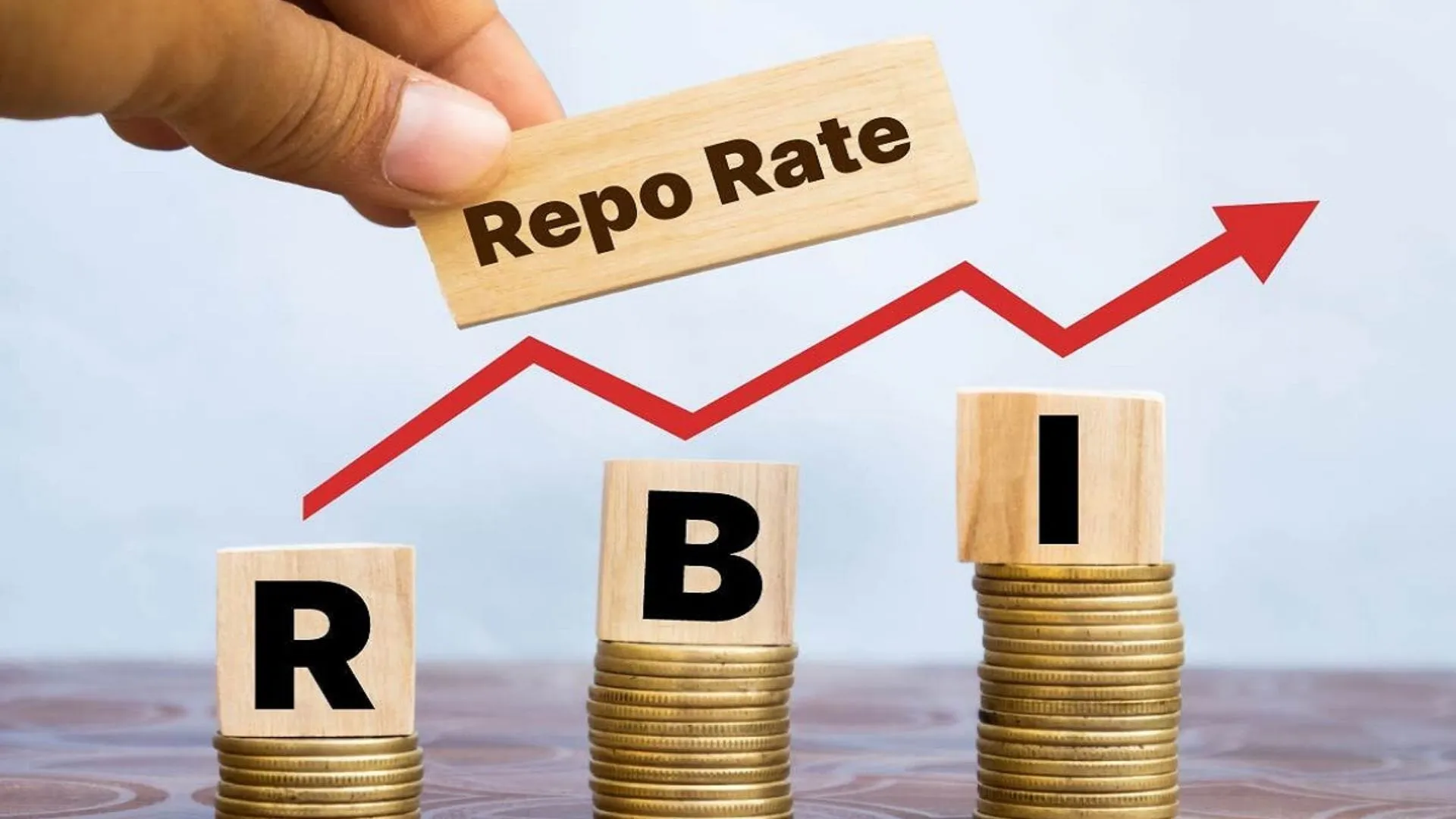RBI Governor Sanjay Malhotra on Wednesday announced that the Monetary Policy Committee (MPC) has unanimously agreed to bring down the repo rate by 25 basis points, lowering it from 6.25% to 6%.
This decision, taken during the MPC’s April 7–9 meeting, marks the first rate cut since the pandemic-induced slowdown in 2020. It comes at a time when global economic uncertainty is rising, especially with the recent trade measures taken by the United States.
In February, the central bank had hinted at a possible shift in stance, and most economists had anticipated a 25-bps cut, considering the growing pressure on emerging markets like India.
The US government’s decision to impose a 26% tariff on Indian imports is expected to weigh heavily on India’s growth trajectory. Experts estimate this move could shave off 20–40 basis points from India’s GDP forecast for FY 2025–26, bringing it down to nearly 6.1% from the previously expected 6.7%.
Growth Projections Hold Steady
Despite the challenges, RBI is holding its growth outlook with cautious optimism. According to Governor Malhotra, India’s real GDP growth for FY 2025–26 is expected to hover around 6.5%.
Breaking it down quarterly, the forecast stands at 6.5% in Q1, 6.7% in Q2, 6.6% in Q3, and 6.3% in Q4.
Malhotra also highlighted the promising outlook for the agriculture sector, pointing to strong water reservoir levels and healthy crop yields as key positives.
What Is Repo Rate?
The repo rate is the interest rate at which the Reserve Bank of India (RBI) lends money to commercial banks (like SBI, HDFC, etc.) when they are short on cash.
Think of it like this:
RBI = Big Bank
Your bank (like SBI) = Small bank
When your bank needs money, it borrows from RBI at a certain interest rate — that rate is called the Repo Rate.
So What Happens When RBI Cuts the Repo Rate?
When the repo rate goes down, it becomes cheaper for banks to borrow money from RBI. And when banks get cheaper loans, they:
- Reduce interest rates for people and businesses.
- That encourages:
- People to take loans (for homes, cars, etc.)
- Businesses to take loans (to grow or invest)
More loans = More spending = More demand = Boost to the economy
How Does That Help India Amid Trump’s Tariff Hike?
Trump’s tariff hike (higher import taxes) means:
- It becomes harder for Indian companies to export goods to the US.
- Indian businesses may earn less from exports.
- This can slow down India’s economy.
Now, to counter this slowdown, RBI cuts the repo rate.
Here’s how it helps:
- Lower interest rates help Indian businesses borrow more cheaply.
- They can invest more in India, even if exports take a hit.
- Consumers can spend more, boosting local demand.
- This keeps the economy moving despite global trade troubles.
Example:
Imagine an Indian company exports clothes to the US.
- After tariffs, the US charges more tax, so fewer people buy their clothes.
- Company’s profits fall. It can’t hire more people or grow.
Now, if RBI cuts repo rate:
- The company can take a cheap loan to start selling in Indian markets instead.
- You and I also get cheaper loans, maybe buy more clothes or a new car.
So even though exports fall, the domestic economy gets a boost.
Must Read: RBI Slashes Repo Rate By 25 bps To 6%, Shifts Stance From Neutral To ‘Accommodative’




